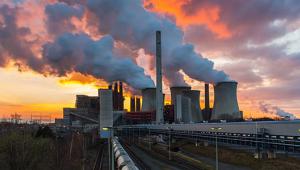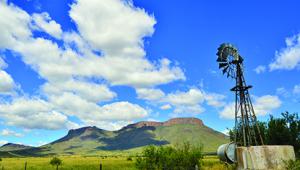The Growing Role of Minerals and Metals for a Low-Carbon Future report argues that, as the green energy and technology market grows, economies across the globe will become key providers for vital metals and minerals.
The report states that as demand for wind and solar power and the energy storage batteries used by these technologies increases then demand for aluminum, bauxite, copper, cobalt, lead, lithium, manganese, nickel, silver, steel, iron and zinc and rare earth minerals such as indium, platinum, molybdenum, chromium and neodymium will also spike.
Another reason these minerals will define the commodity market for the next 50 years is the growth in low-carbon transport like electric, hybrid, and hydrogen vehicles.
Theses metals and minerals are found across areas such as Chile, Peru, Bolivia, Brazil, China, Africa, Guinea, India, Indonesia, Malaysia, and the Philippines.
“With better planning, resource-rich countries can take advantage of the increased demand to foster growth and development,” said Riccardo Puliti, senior director and head of the energy and extractive industries global practice at the World Bank.
He added: “Countries with capacity and infrastructure to supply the minerals and metals required for cleaner technologies have a unique opportunity to grow their economies if they develop their mining sectors in a sustainable way.”
Puliti warned that nations with these opportunities should ensure they have long-term strategies in place that enable them to make smart investment decisions.
The report calls for these countries to have appropriate policy mechanisms in place to safeguard local communities and the environment.
Resource-rich countries will need reliable sources of economic data and market intelligence, as well as the capacity to turn that information into plans, investments, and sustainable operations.
This capacity will also allow them to manage the materially intensive increased extraction and production activities which could have significant impacts on local water systems, ecosystems and communities.













